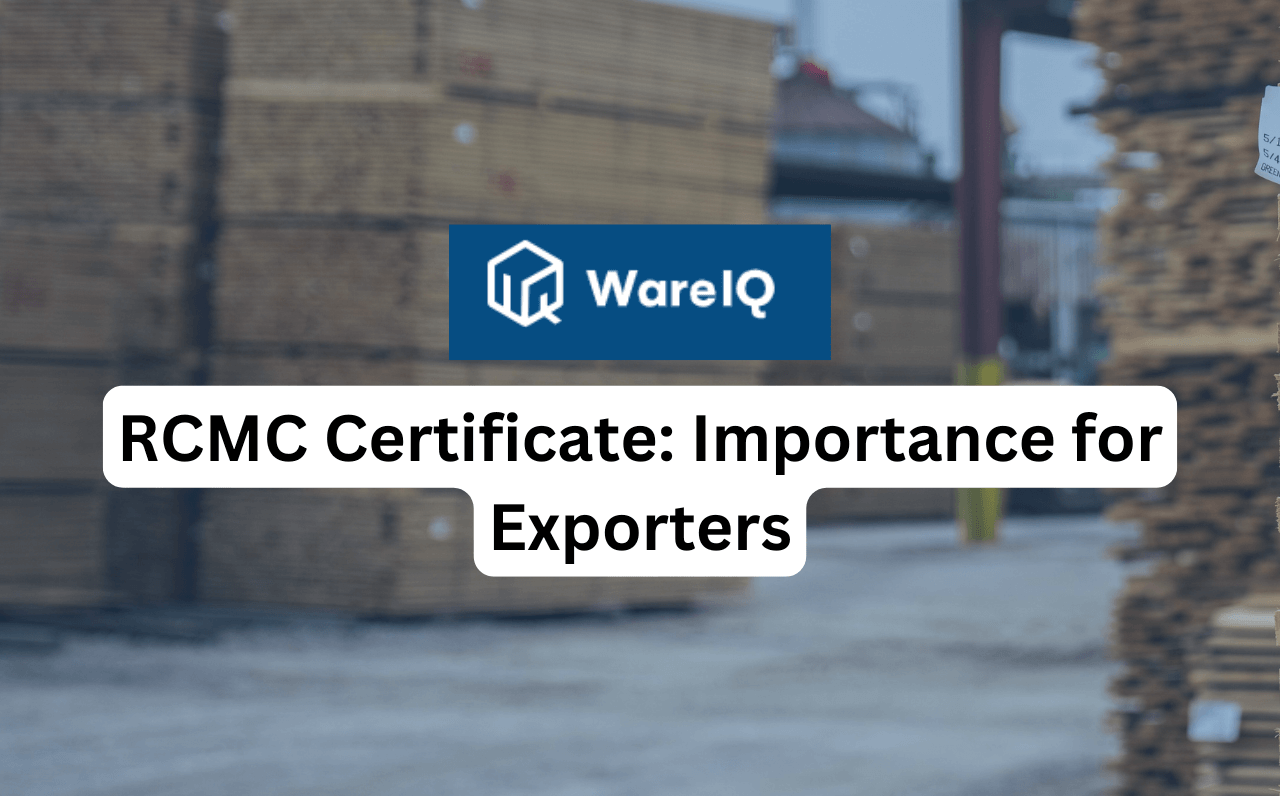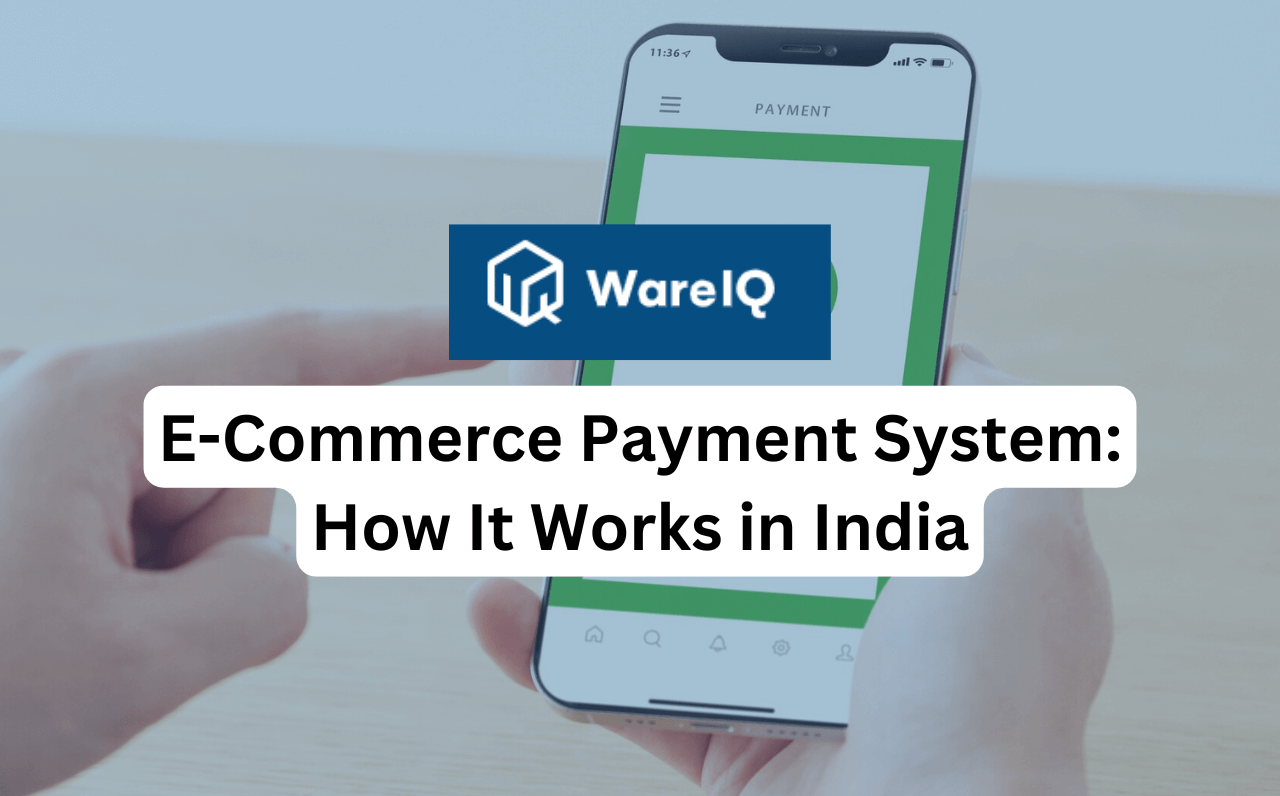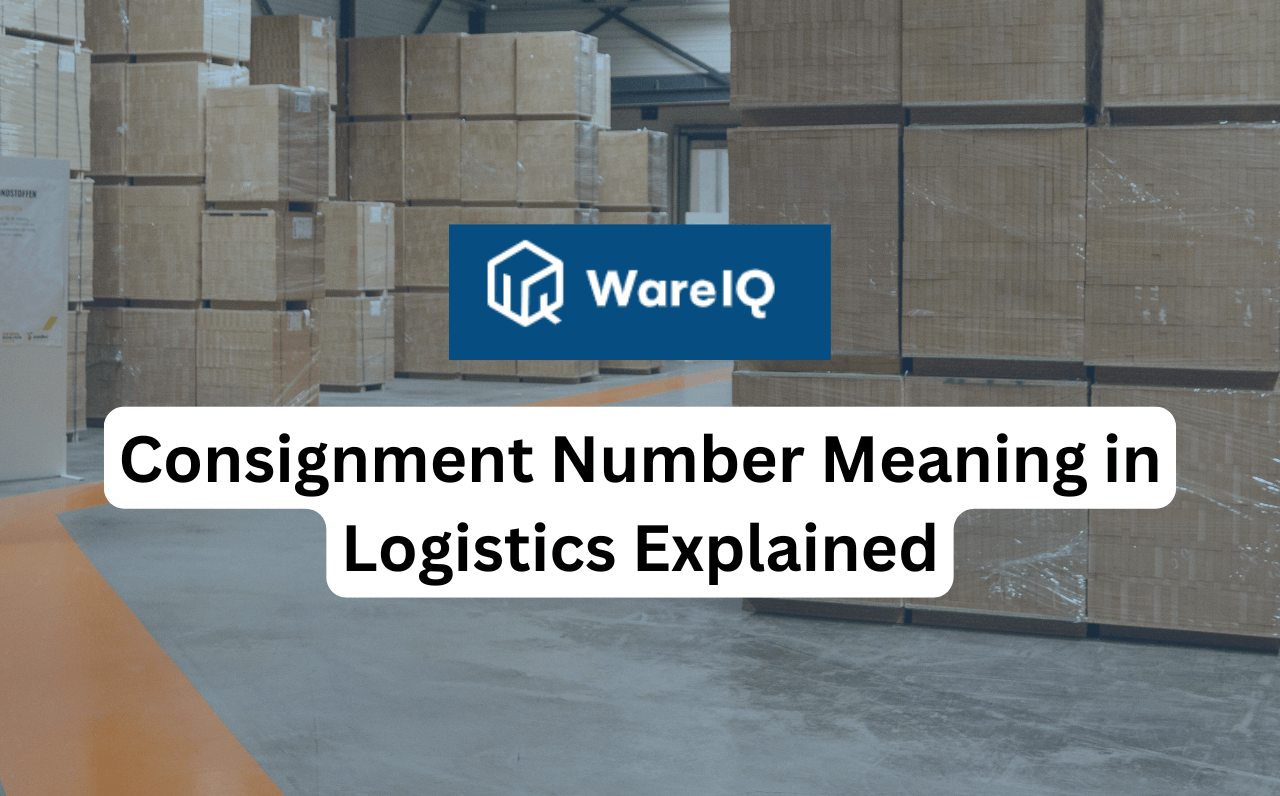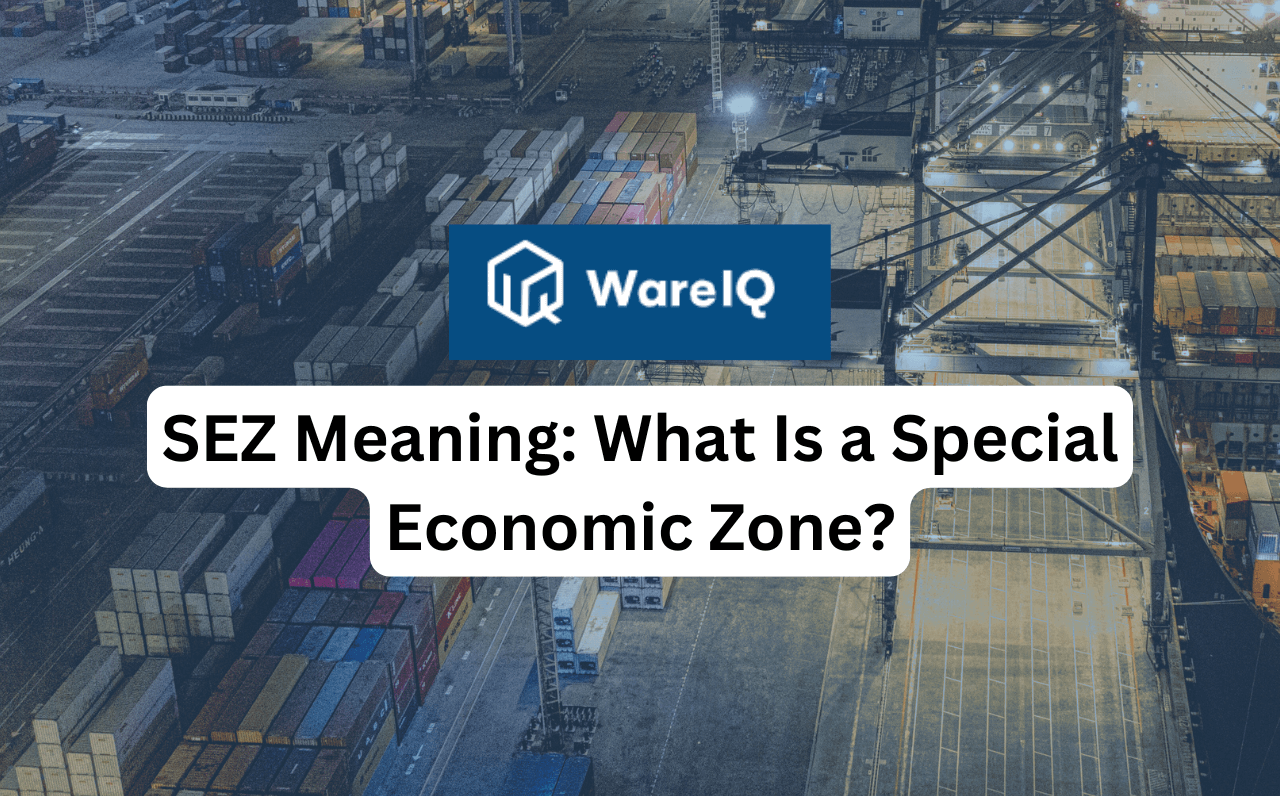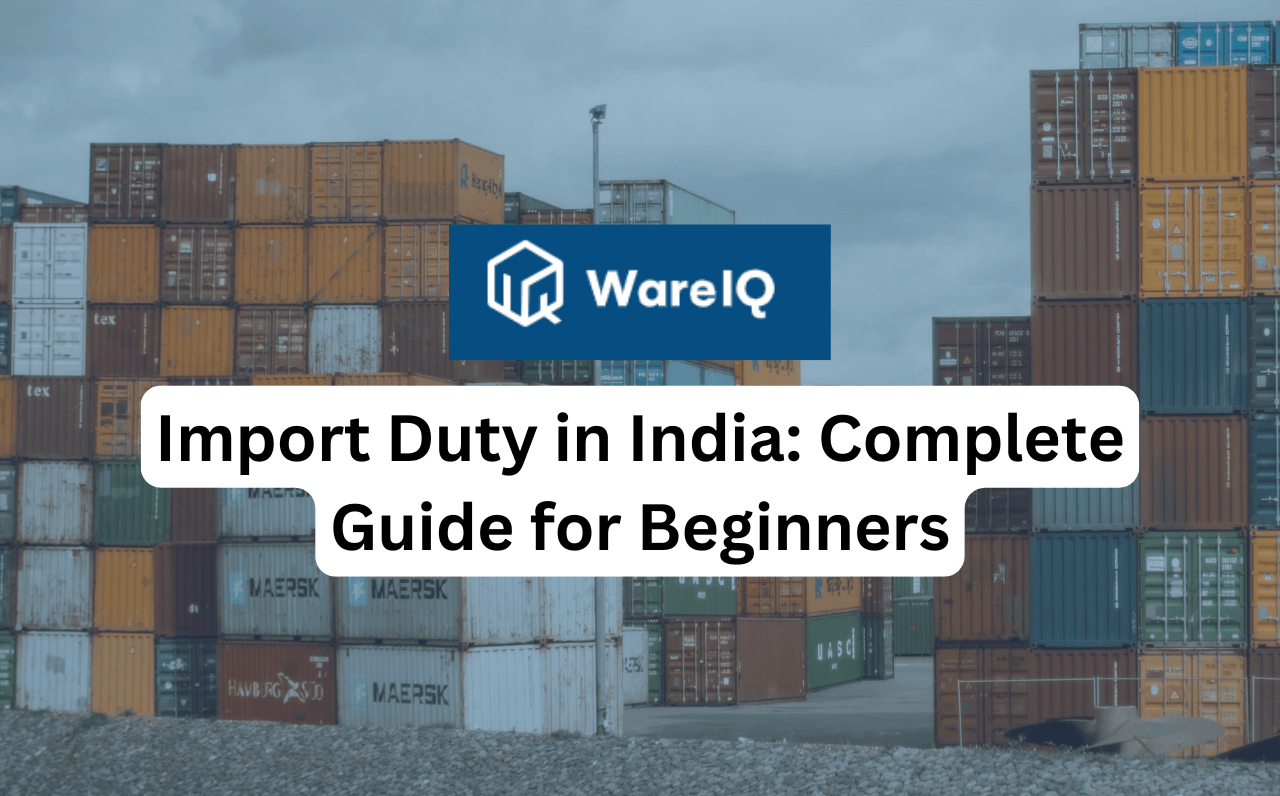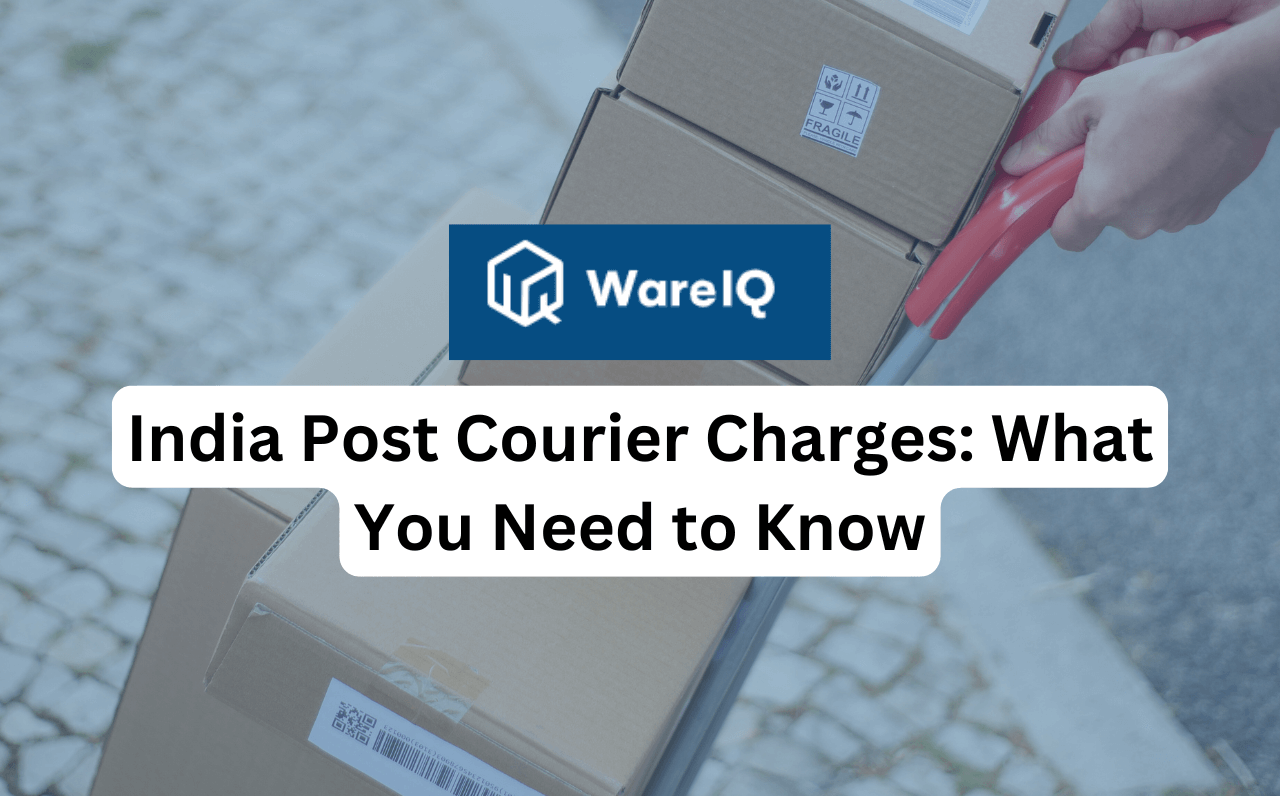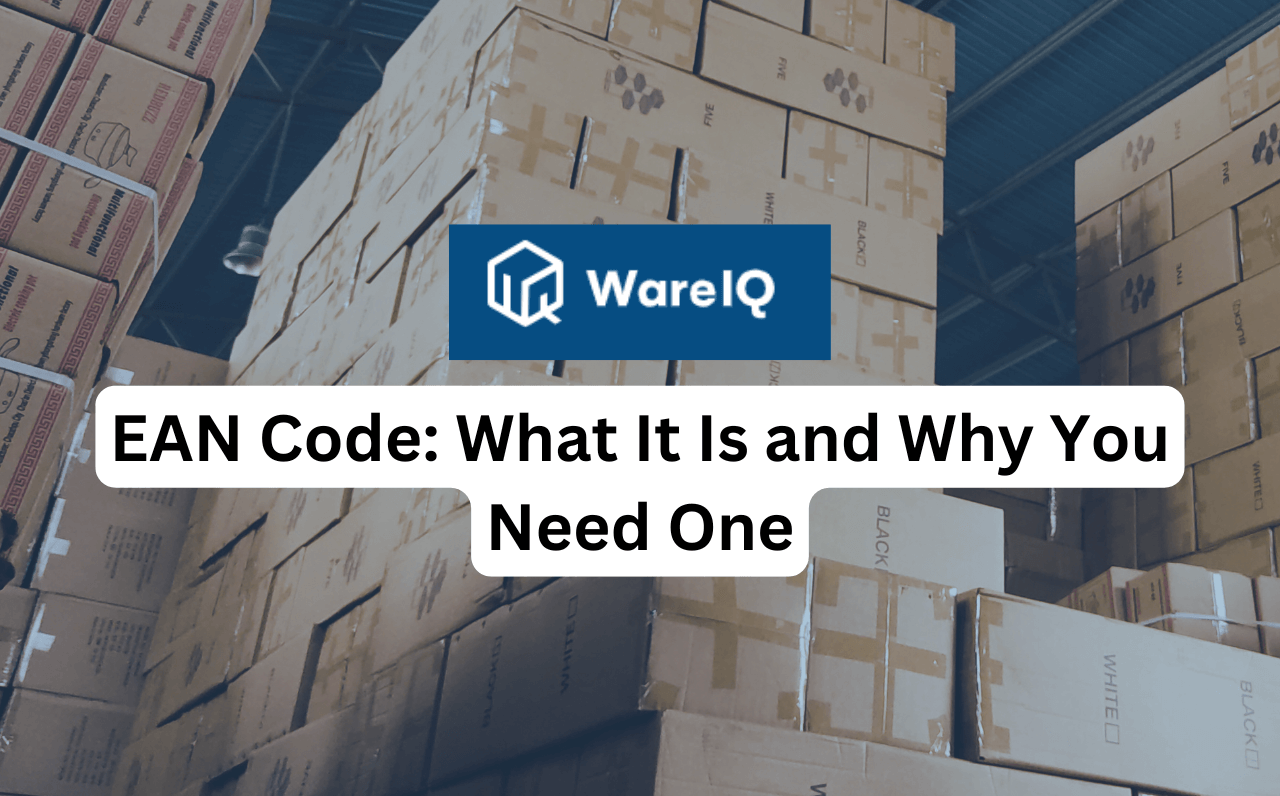
EAN Code: What It Is and Why You Need One
In retail and e-commerce, accurate product identification is essential. An EAN code helps businesses track and manage products globally. The EAN number, also called the European Article Number, is a unique identifier for each item. Understanding what is EAN code helps brands streamline inventory and sales. This system uses EAN barcodes to make scanning fast and accurate. In this blog, you will learn more about EAN code, different types, and how to obtain an EAN code.What is EAN?The European Article Number (EAN) is a globally recognized system for identifying retail products. Originally developed in Europe, it assigns a unique numeric code to every item, preventing duplication and ensuring accurate tracking across retail and e-commerce platforms.In retail, the EAN full form stands for European Article Number, which later evolved into the Global Trade Item Number (GTIN) in 2009, expanding its adoption worldwide under the management of GS1, the global standards organization.There are two main formats of the EAN number:EAN-8: Used for small products with limited labeling space.EAN-13: The standard format used across most countries for retail and logistics.What is an EAN Code?An EAN code is a unique product identifier used to track and manage retail items across global supply chains. It represents the European Article Number, now standardized as part of the Global Trade Item Number (GTIN) system, recognized worldwide.Visually, an EAN barcode consists of a series of black lines and white spaces with a numeric code beneath. This combination enables scanners to instantly identify products, streamlining billing, shipping, and inventory management.Unlike an SKU (Stock Keeping Unit), which is an internal identifier used by businesses to manage inventory, an EAN code is a universal identifier used across retailers, marketplaces, and distributors. Different Types of EAN CodesThe EAN barcode comes in several formats, each designed for specific use cases across retail and logistics.EAN-8This shorter EAN code contains eight digits and is used for small products where there’s limited space for labeling, such as cosmetics, stationery, or small packaged goods. EAN-13The most common format, EAN-13, features a 13-digit barcode used globally in retail. It evolved from the 12-digit UPC-A code used in North America. EAN-13 includes a country prefix, manufacturer code, product code, and a check digit to ensure accuracy. The data is encoded in a series of black and white lines that scanners read instantly.EAN-128 (GS1-128)Also known as GS1-128, this version is used beyond retail in warehousing, logistics, and supply chain management. It can include extra details like batch numbers, expiry dates, or weight, improving tracking and traceability.Related SystemsUPC-A and UPC-E are related barcoding formats used mainly in the US and Canada, compatible with global EAN systems.Importance of EAN CodeAn EAN code provides a unique identifier for every product. When selling different versions of the same product, such as different sizes, colors, or models, each version should have its own EAN number.If variations differ only in packaging, the same EAN code can be used for all versions. Proper use of EAN codes helps businesses maintain order and avoid confusion in product management.In retail stores, EAN barcodes are essential for products that need to be scanned at checkout counters. They allow cashiers to process items quickly and reduce errors during transactions. For e-commerce businesses, platforms like Amazon, Flipkart, and other online marketplaces require EAN codes to manage product listings. Using EANs prevents duplication and ensures that each product is listed correctly, which improves visibility and sales.EAN codes also enhance supply chain efficiency. They make it easier to track products from manufacturers to warehouses and retailers, ensuring accurate inventory management. EANs help maintain product authenticity and prevent duplication or fraud. They also support compliance with regulations, including requirements from the European Union.Structure of 13-Digit EANThe EAN-13 code is a 13-digit EAN number that uniquely identifies a product. Each part of the code has a specific purpose to ensure accurate tracking and identification across retail and logistics systems.Country Code (GS1 Prefix): The first three digits of the EAN code represent the GS1 member organization associated with the manufacturer. This identifies the country or region where the manufacturer is registered.Manufacturer Code: This section varies in length and is assigned to each manufacturer by the numbering authority. All products made by the same company share this code, allowing businesses and retailers to identify the source of the product easily.Product Code: Each product receives a unique code assigned by the manufacturer. This identifies the specific product within the company’s catalog. The length of the product code may vary depending on the manufacturer's code length.Check Digit: The last digit of the EAN barcode is the check digit. It verifies that the barcode has been scanned correctly. A mathematical formula calculates this number, ensuring data accuracy in retail and supply chain systems.For example, in the EAN-13 code 4006381333931:400 is the country code6381 is the manufacturer code33393 is the product code1 is the check digitHow to Obtain an EAN Code To obtain an EAN number, you must register with GS1, the organization that manages all rights and patents for GTIN barcodes. This applies to GS1 India for Indian businesses or the relevant GS1 organization in your country.Step 1: RegistrationVisit the GS1 website and complete the online registration. Submit required business documents such as PAN card, GST certificate, and a copy of your balance sheet. Pay the registration fee and specify the number of EAN codes needed. The process usually takes 7–10 working days.Step 2: Select Code TypeYou can choose a company prefix to generate multiple EAN numbers for different products or obtain a single GTIN for one product. This ensures global identification and proper tracking of your products in retail and e-commerce markets.Step 3: Assign CodesOnce your EAN codes are issued, link each code to the specific product details, including name, description, and dimensions.Renewal and SubscriptionGS1 codes are valid under an active subscription, which may require renewal depending on the organization’s rules. Maintaining your subscription ensures your EAN codes remain active and valid.Documents Required to Obtain EAN CodeTo apply for an EAN number, you need to submit the following documents to GS1:PAN card of the applicant company or proprietorCopy of balance sheetRequest letter for barcode allotment on the company letterheadProof of company status, such as a GST/VAT certificate, ROC certificate, or Memorandum of Association (MOA)Canceled cheque of the companyEAN/UPC BarcodesThe EAN/UPC family is designed for the high-volume scanning environment, making it suitable for the retail point-of-sale (POS). They are also used in general distribution and logistics. If these barcodes need to be scanned at both retail POS and in general distribution, their minimal sizes are increased.Applications for EAN/UPC barcodes are limited to:GTIN (Global Trade Item Number)Restricted Circulation Numbers (RCN)CouponsIn-store codesSymbolCapacityOmnidirectional?GS1 KeysAttributes?UPC-A12 Numeric Yes GTIN-12 No EAN-1313 Numeric Yes GTIN-13 No UPC-E12 NumericYes GTIN-12 No EAN-88 Numeric Yes GTIN-8 No WareIQ: Smart Full-Stack eCommerce FulfillmentWareIQ is a Y-Combinator-backed full-stack eCommerce fulfillment platform offering multi-channel solutions for D2C, marketplaces, quick commerce, and B2B (general and modern trade). It helps brands streamline inventory, orders, and shipping across all sales channels.The platform provides a Pan-India network of Seller Flex and FAssured-compliant fulfillment centers across 12+ cities, supported by shipping partners covering over 27,000 pin codes. Its multi-channel fulfillment platform integrates with marketplaces like Amazon, Flipkart, Myntra, Nykaa, D2C platforms such as Shopify, Magento, WooCommerce, WMS, and ERPs, enabling brands to manage inventory, orders, and analytics from a single system.WareIQ’s Inventory LogIQ uses AI to plan inventory, minimize stockouts, and automate replenishment. The tech-enabled returns QC solution captures and stores HD media of returned products to reduce claims rejections. Brands also receive seller support, including account management, APOB/PPOB registration, GST registration, and COD verification.The smart shipping solution ensures fast deliveries, reduces RTOs and NDRs, and offers same/next-day options. With multi-carrier integration, shipping badges, custom tracking pages, and automated workflows, WareIQ optimizes fulfillment and enhances the customer experience while minimizing operational costs.ConclusionHaving an EAN code is vital for smooth retail and e-commerce operations. The EAN number ensures every product is unique and easily traceable. Understanding what is EAN code is and what is EAN number is helps avoid errors and confusion. EAN barcodes simplify scanning at checkout and improve inventory management. The EAN full form in retail or the EAN number full form represents a globally recognized standard. Businesses that use EAN numbers can track products efficiently, prevent duplication, and meet marketplace requirements. Proper use of EAN codes ensures accuracy, authenticity, and better operational performance.Suggested -The Importance of Shipping Barcodes: Streamlining Your Supply ChainFAQsWhat is EAN full form?EAN's full form is European Article Number.What is an EAN code?An EAN code is a unique barcode that identifies a product globally.Is the EAN code the same as a barcode?EAN codes are represented as barcodes, but the number identifies the product.What is the difference between EAN and UPC?EAN is used internationally; UPC is popular in the US.Do all products need an EAN code?Not all products require it, but marketplaces and global trade often do.
December 10, 2025

![GST Exempted Goods: Complete Updated List [2025-26]](https://wareiq.com/wp-content/uploads/2025/12/GST-Exempted-Goods.png)
